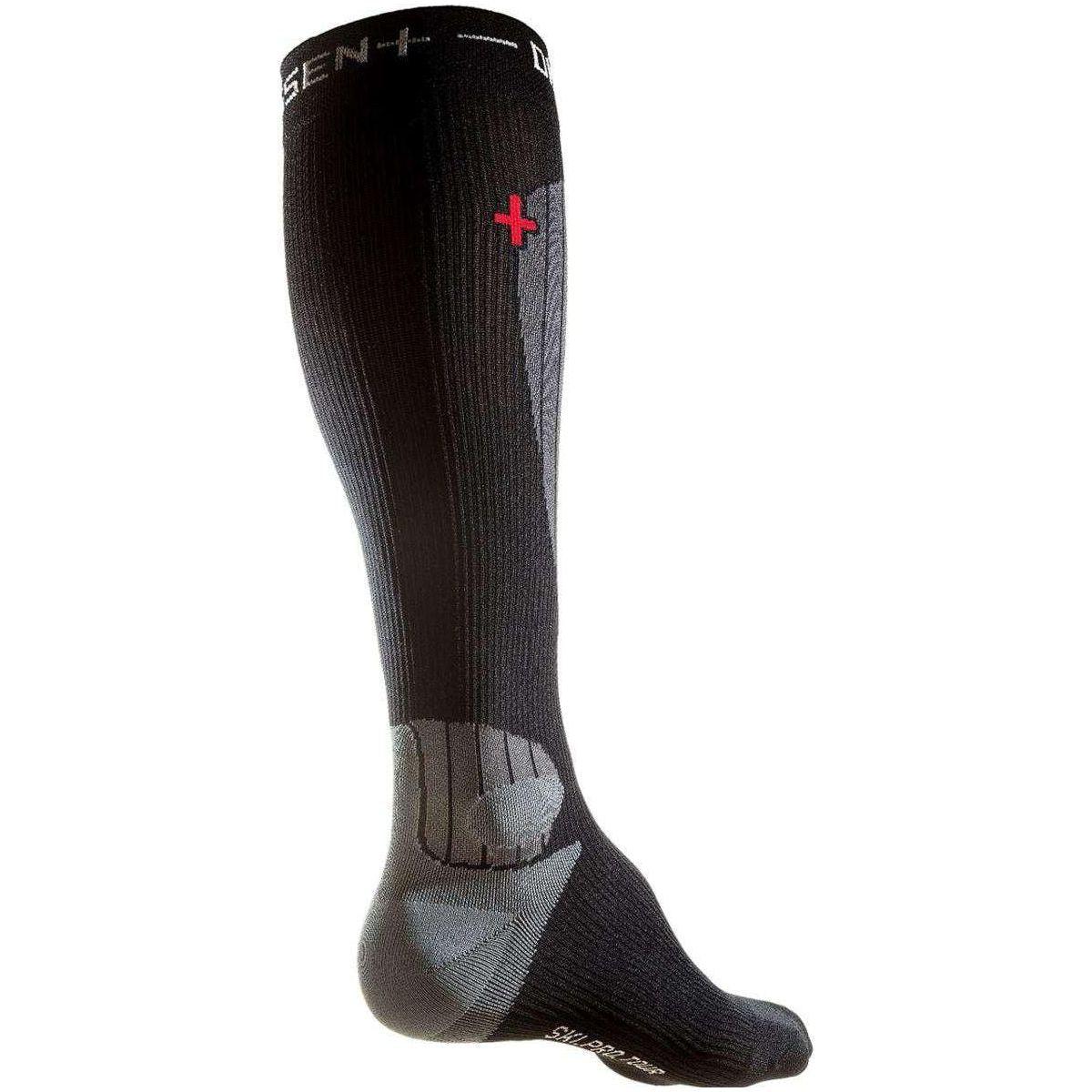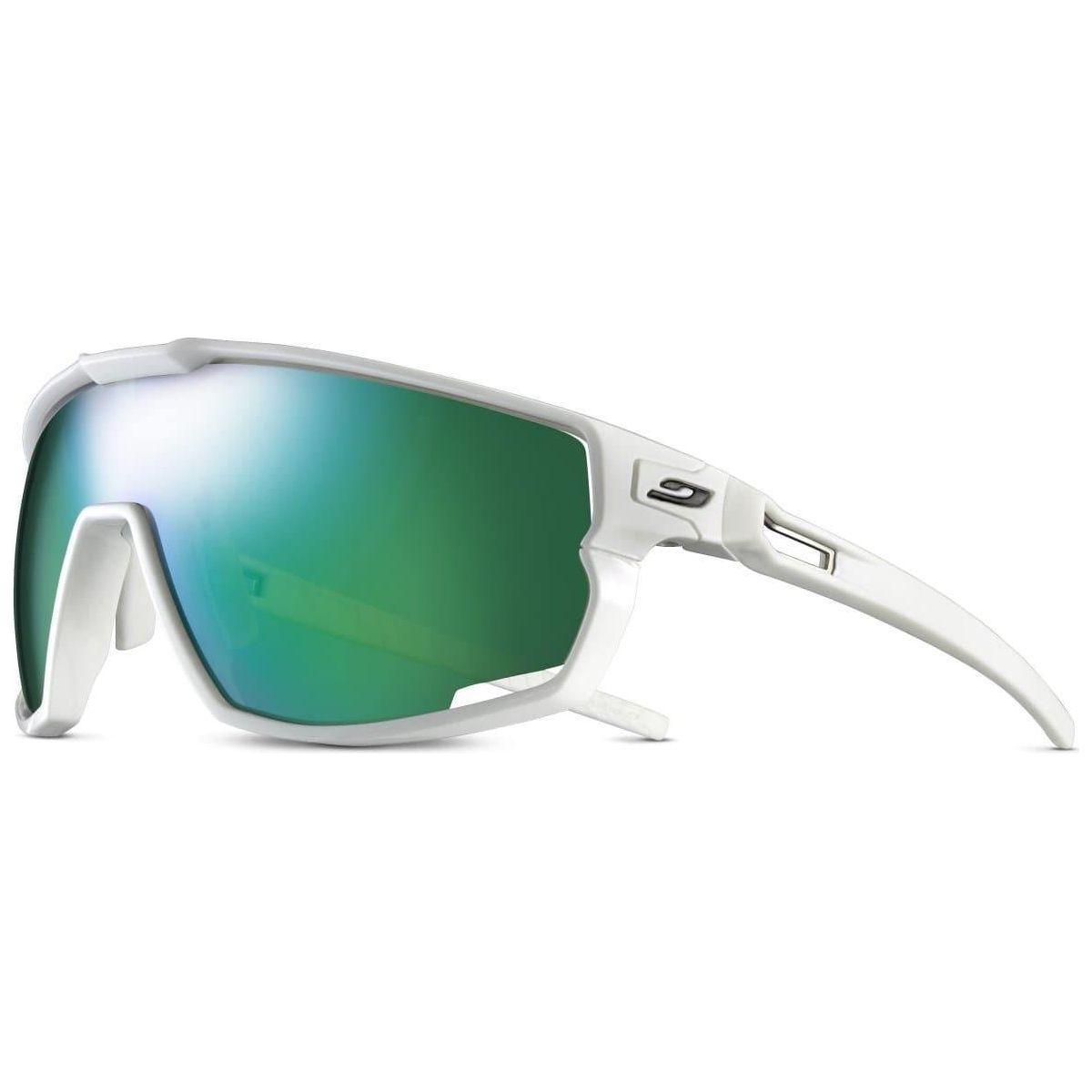In our humble opinion, every skier needs an uphill setup, even if you never plan to step foot in avalanche terrain.
The secret is out: skiing uphill is great exercise and a ton of fun. While the Europeans have known this for some time, the sport is just starting to catch fire stateside. Arapahoe Basin had nearly 10,000 people apply for uphill ski passes this season and a Skimo movie premier in Frisco had to turn away 100 people at the door. And what better state to pave the way for this new (to us) sport than Colorado? With our fitness crazed residents and vast mountain playground, ski-touring is one of the best ways to explore our beautiful state. That being said, I am here to say that you don’t ever need to step foot in avalanche terrain to justify the purchase of an uphill setup.
We get it, avalanches are scary. Our continental snowpack harbors buried weak layers that can unpredictably come alive. Although Instagram would beg to differ, ski-touring isn’t all about skiing steep lines in deep powder––it’s about the experience. The experience of spending time in snow-covered mountains without having to bump elbows with thousands of overexcited skiers. It’s about moving slowly, enjoying the moment, and getting a killer low impact workout. Much like road cycling, you can max out your body's output easily while touring, without crunching your joints. The best part? You can accomplish all of this by skinning uphill at your local resort.
Your own private mountain playground
Picture this. You finish your day at work and make your way over to your local hill. The lifts have stopped turning so some folks in the village give you a funny look as you head towards the mountain in your full ski-touring getup. You’ve called your local resort uphill hotline, so you know precisely where the cats are grooming and the snow guns are blasting. You begin ascending your planned route, chatting with a friend or with a podcast playing in your ear. As you ascend, the sun dips below the horizon and the sky lights up in a brilliant orange and purple. It’s dark now so you flip on your headlamp to both illuminate your path and to make yourself seen to mountain ops. However, you don’t need the headlamp for long because on the opposite horizon the full moon breaks over the ridge, illuminating the sky above and reflecting off of the snow below. You reach the top, transition into downhill mode and ski back to the village with the entire mountain to yourself.
This scene plays itself out time and time again throughout the winter months in Colorado. Ski resorts are generous enough to offer up their terrain to human powered skiers when the lifts are not running. It can’t be understated how special it is to experience a sunrise or full moon in the mountains, and when that experience can take place on controlled terrain, it can also be low risk. While this special activity was traditionally reserved for tie dye clad telemark skiers who lugged their heavy gear uphill, advancements in gear have made this more accessible for everyone. The bottom line is, if you like skiing, being in the mountains, and elevating your heart rate, then ski touring is the perfect activity for you.
Once you’re comfortable using this different type of gear, there is always the option to ski tour out of bounds. Hut trips, steep spring skiing, and low-angle mid-winter powder laps are just a few of the allures of skiing out of bounds. If this is something that interests you, we recommend taking an educational course or hiring a guide to explore the mountains off-piste. With the proper training or guidance, backcountry skiing can even be a safer endeavor than driving on I-70. However, if your risk tolerance is zero (which is both understandable and ok!) then you can always stick to your local resort. We promise, skiing moonlit laps with the entire mountain to yourself won’t get old either.








